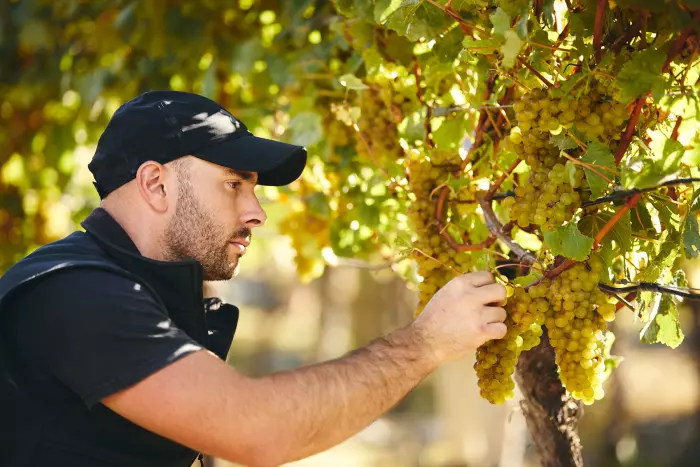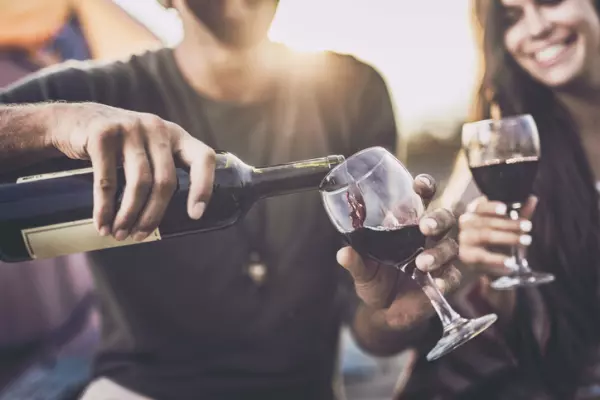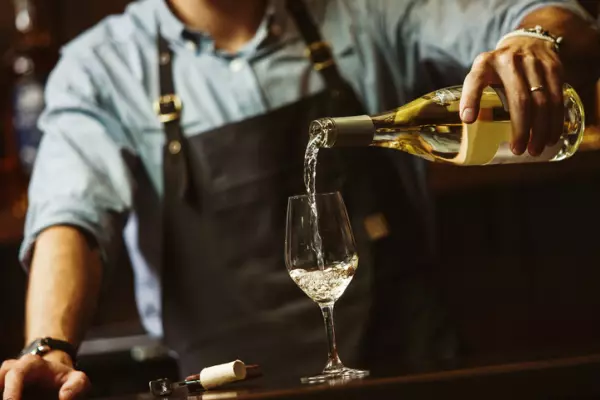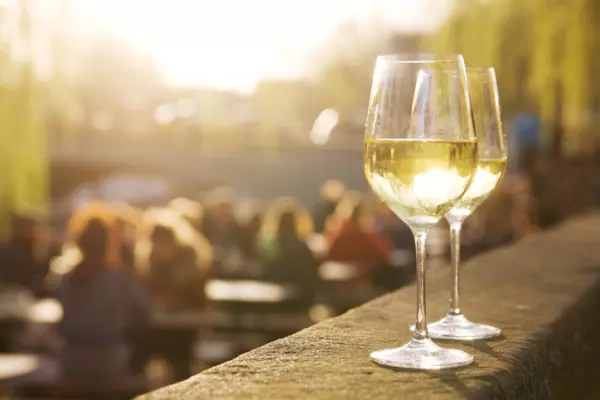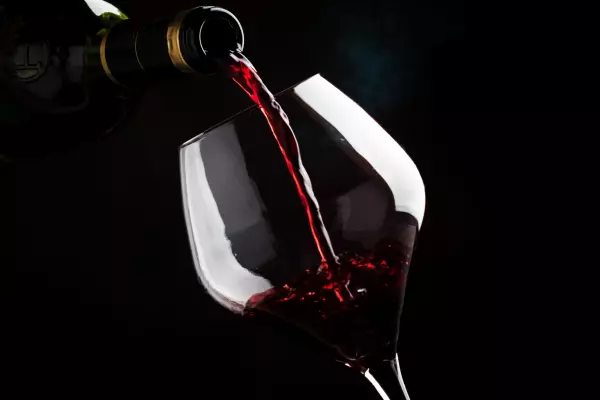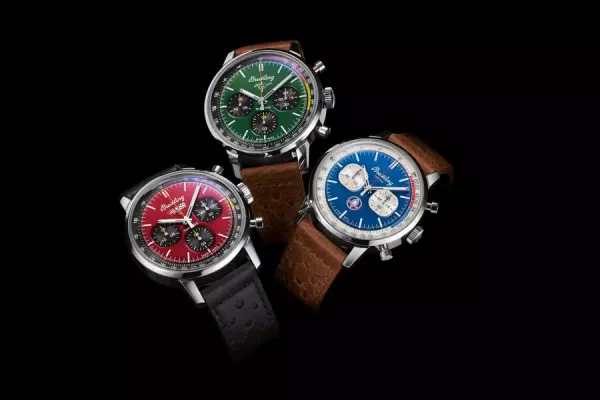The French monk Dom Pérignon is widely credited with having invented champagne in 1697. It now seems, however, that an English scientist, Christopher Merrett, first documented how to put the sparkle into sparkling wine more than 30 years before Pérignon, in 1662.
Merrett was a bit of a renaissance man. As well as being a scientist, he was a physician, naturalist and metallurgist. In an address to the Royal Society, he described how English winemakers had been adding sugar to their wines to give them a refreshing, bubbly quality.
“Our wine coopers of recent times use vast quantities of sugar and molasses in all sorts of wines to make them drink brisk and sparkling and to give them spirit,” he wrote.
It was the first time anyone had described the process or used the word “sparkling” to describe the end product.
English wine bottles were able to withstand the pressure of the gas, which can be three times more than the tyre of a double-decker bus, because the manufacturers used coal, which allowed them to make stronger glass. French bottles were flimsier and more likely to break.
English winemakers are trying to come up with their own proprietary name for English sparkling wine. “Merrett” is a likely choice, although there are other contenders.
The French have champagne, Italy has Prosecco, Spain uses the term cava, and in Germany they call sparkling wine sekt. Any sparkling-wine producer who uses one of these terms has to conform to a set of rules or standards.
You can describe your wine as “champagne”, for example, only if: the grapes are grown in an authorised vineyard within the Champagne region; you are a member of the Comité Interprofessionnel du vin de Champagne (CIVC); you grow only one or more of the grape varieties chardonnay, pinot noir and pinot meunier; and many more restrictions designed to preserve the quality and character of champagne.
In this country we describe our finest bottle-fermented sparkling wine as “méthode traditionnelle”. What does that mean? I asked three sparkling-wine producers. All were happy to tell me how they produced their sparkling wine but none could tell me what the minimum legal requirements were when they put “méthode traditionnelle” on their label.
If they wanted to export their Kiwi méthode traditionnelle to France, it would have to have spent at least nine months in the bottle in contact with the yeasty lees that resulted from bottle fermentation (champagne requires a minimum of 18 months on the lees for non-vintage wine and three years for vintage wines). According to my copy of the European Union label regulations, they would also have to replace the term “méthode traditionnelle” with “bottle-fermented by the traditional method” or “traditional method” or “classical method” or “classical traditional method”.
If you want absolute assurance that a sparkling wine is made to the highest standards, you could do a lot worse than choose a wine from Méthode Marlborough, a group of 12 Marlborough wine producers who have agreed to make wine according to the following criteria:
Wines must be grown, bottled, matured and disgorged in Marlborough.
It is legal to blend up to 15% of wine from another region, such as Gisborne, and still label it as being from Marlborough. Méthode Marlborough members are prevented from doing that.
Wines must be made in the traditional method of production (no transfer, charmat etc).
“Traditional method” refers to the labour-intensive practice used to make champagne by fermenting the wine in the bottle, ageing it in contact with the dead yeasts and then removing the yeasts by a process known as disgorgement. Wine made by the transfer process skips the disgorgement step by filtering the yeasty sediment to remove it. Charmat is the process used to make Prosecco. It involves fermenting the wine in a pressurised tank rather than a bottle to make it fizzy.
Traditional varieties (pinot noir, chardonnay, pinot meunier).
The three “champagne” grapes are a widely accepted standard, although there is no reason other grapes couldn’t be used to make equally good fizz.
Wines must be aged for a minimum of 18 months on lees to the first disgorgement of any batch.
That is the minimum standard in the Champagne region. Most of the members would routinely exceed 18 months. It makes sense to align with Champagne.
Méthode Marlborough members are Allan Scott, Daniel Le Brun, Hunter’s, Johanneshof Cellars, LV (Louis Vavasour), Nautilus, No 1 Family Estate, Pernod Ricard NZ, Saint Clair Family Estate, Spy Valley, Tohu and Whitehaven.
Bob’s Top Picks
Investment Wine

Bell Hill 2016 Single Parcel Limeworks Chardonnay, North Canterbury, $205
A new label from Bell Hill that sets a new high price for New Zealand chardonnay. Tasted alongside the outstanding 2016 chardonnay label, this wine shows greater concentration and even more complexity. Impressively textural chardonnay – mouth-filling with an ethereal texture. Citrus, chalk/mineral, baguette crust and spicy oak flavours. Wonderful wine with great cellaring potential. Only 639 bottles made – very collectible!
Weekend Wine
Top White

Misha’s Vineyard 2019 Limelight Riesling, Central Otago, $32
Medium/dry riesling with mandarin blossom, lime and subtle struck flint characters. Vibrant wine with appealing purity and an ethereal texture. Mouth-watering acidity balances a hint of sweetness and helps drive a lengthy finish.
Top Red

Craggy Range 2018 Te Kahu, Hawke’s Bay, $29.95
A blend of merlot, cabernet sauvignon, malbec, cabernet franc and petit Verdot, this is a rich weighty red with plum, dark berry, spice, toasty oak and liquorice flavours. Good value at this price.
Read more from Bob at therealreview.com


